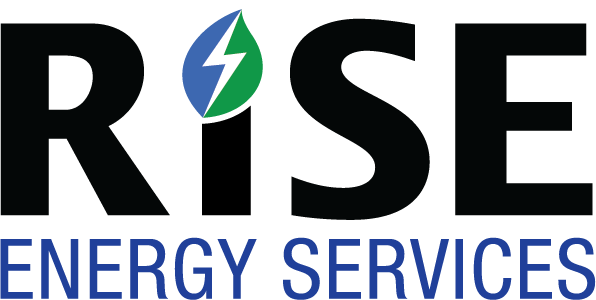Commercial Observer
New York City’s oft-maligned Local Law 97, which requires owners of most larger buildings to reduce their carbon emissions, has been subject to criticism and even a lawsuit calling the measure financially burdensome and unconstitutional. But for some developers, the law has proven to be a welcome catalyst for pursuing environmentally friendly developments — ones with the potential to be quite profitable.
